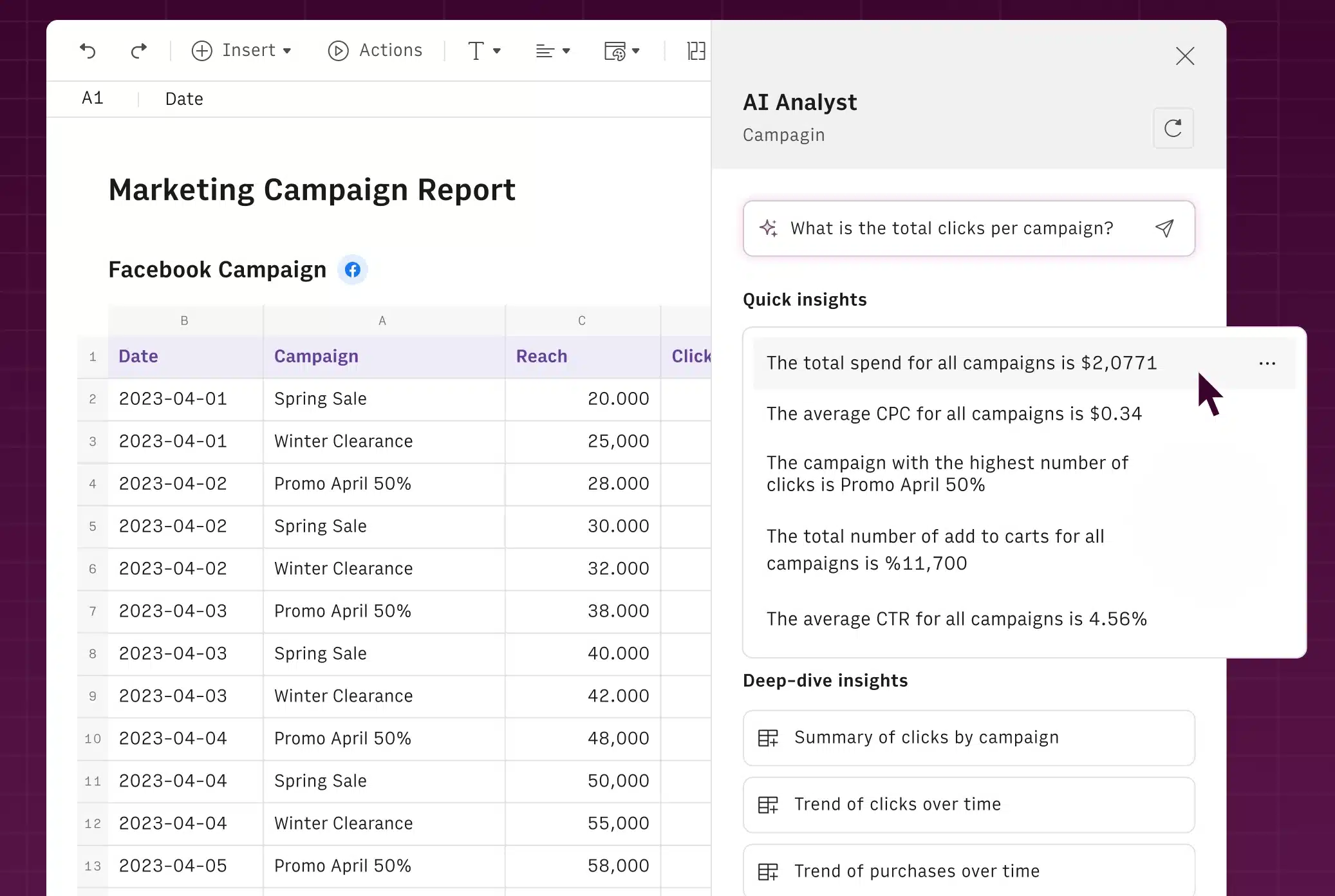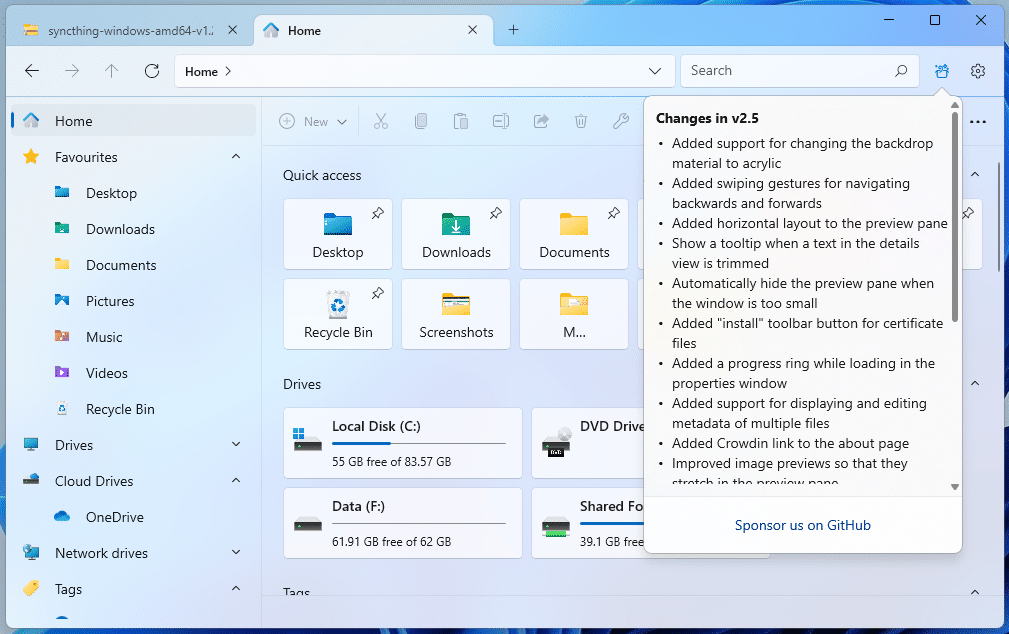
VisionTek launches VT2600 USB-C docking station for Windows, Mac, and Chromebooks
Today, VisionTek launches its latest USB-C docking station. Called "VT2600," it is designed with professionals in mind. This dock is set to transform connectivity and productivity with its multi-display support, high-speed data transfer, and 100W power delivery. It is compatible with Windows, Mac, and Chromebook devices.
Key features of the VisionTek VT2600 USB-C DP 1.4 docking station include compatibility with USB-C systems via DP Alt Mode, two DisplayPort 1.4 and two HDMI ports, three USB-A and three USB-C ports with 10Gbps data transfer speeds, audio and Ethernet connectivity, microSD and SD card reader slots, a Kensington Security Lock Slot, and 100W power delivery from the included power supply.

Get 'Security Awareness For Dummies' (worth $18) for FREE
Every organization needs a strong security program. One recent study estimated that a hacker attack occurs somewhere every 37 seconds. Since security programs are only as effective as a team’s willingness to follow their rules and protocols, it’s increasingly necessary to have not just a widely accessible gold standard of security, but also a practical plan for rolling it out and getting others on board with following it.
Security Awareness For Dummies gives you the blueprint for implementing this sort of holistic and hyper-secure program in your organization.

Rows gives you your own personal spreadsheet analyst
Earlier in the year, German spreadsheet company Rows launched its latest product with ChatGPT capabilities built in.
Its now introducing a new feature in the form of AI Analyst which summarizes the main takeaways from any dataset, runs in-depth analysis, and answers any questions you might have about your data.

The US apes the UK, but stands in opposition to EU, by blocking Microsoft-Activision deal... for now
A US judge has blocked Microsoft from buying Activision Blizzard following a request from the Federal Trade Commission (FTC).
The move is a temporary block while a complaint by the FTC that the deal could "substantially lessen competition" in the gaming sector is fully investigated. It puts the US in agreement with the UK, which blocked the deal earlier in the year, but is standing against the European Union which has given it the green light.

SaaS adoption multiplies the security risks of shadow IT
Shadow IT has long posed ongoing security threats for IT teams and network administrators, such as the good old days when employees brought in unapproved external software on USB sticks. Back then, IT teams would use policies to lock down endpoints across a dedicated network perimeter.
Today, the problem of shadow IT is more fluid, with employees directly accessing software-as-a-service (SaaS) applications to do their jobs without first getting approval from the IT department. With more SaaS applications being delivered via the browser to a remote workforce, IT teams now struggle to get clear visibility into their levels of risk.

ChatGPT as a development tool? Yes, if used judiciously
Despite the concerns of many programmers about ChatGPT and other generative AI making our profession irrelevant, the software industry will always need skilled human developers to solve hard problems. I’m certainly not ignoring ChatGPT’s ability to generate solid code. It definitely can. But, it’s not anywhere near ready to produce code without human supervision. Its developers are working to improve its accuracy, but ChatGPT currently has a hallucination problem, where it creates content -- including code -- that may look good at a cursory glance but isn’t actually correct.
That said, in the hands of an experienced programmer, ChatGPT can be a powerful development tool that significantly reduces the amount of time it takes to develop a solution. Note, "experienced" is not a throwaway adjective here. For code generation, ChatGPT is a tool that novice developers should employ carefully. You need good instincts for discerning what’s well-formed code and what isn’t, and those skills grow with years of development experience.

Manufacturing businesses face escalating cyber threats
Two thirds of IT executives in the manufacturing sector believe that their enterprise will be targeted by a cyberattack within the next 12 months.
The study of 300 executives, carried out by CXO Priorities for Quest Software, shows that the most significant threats are seen as ransomware (22 percent), industrial espionage (21 percent), and state-sponsored threats (21 percent).

Microsoft brings Windows 10 21H2 to end of service
With the release of the June 2023 security updates for Windows 10, Microsoft has brought Windows 10 21H2 to the end of service. This means that the Home, Pro, Pro Education, and Pro for Workstations versions of Windows 10 21H2 will no longer receive any more updates.
End of service for Windows 10 21H2 has been known about for quite some time, and Microsoft recently reminded users that it was about to happen. What has upset some, however, are the forced upgrades that Microsoft is implementing.

The top drivers of wasted IT spend in a hybrid-first environment [Q&A]
From rising collaboration expenses to a need for more devices per employee, hybrid work models have driven a need for new investments in workplace technology.
However, a significant portion of IT spend is wasted in a hybrid-first environment, often due to a reliance on manual processes that don't provide much-needed visibility into organizational endpoints.

Microsoft releases KB5027231 update to fix Windows 11 file copying problems and much more
It is the time of the month when Microsoft releases its regular batch of patches for Windows, and this means a new cumulative update for Windows 11.
The KB5027231 update is a mandatory one which addresses a wide range of issues with the operating system including one that resulted in a "Document not saved" error when saving, copying, or attaching files. The update also addresses a Windows Kernel issue, and dozens of other fixes including those from the KB5026446 update.

Logitech CEO Bracken Darrell resigns
Logitech made a major announcement today, revealing that Bracken Darrell, the company's president and CEO, will be leaving to pursue a new opportunity. Darrell's resignation from his positions as president, CEO, and board member is effective immediately. However, he will stay with the company for the next month to ensure a smooth transition.
As part of their succession planning process, Logitech has appointed board member Guy Gecht as the interim CEO while they conduct a global search for potential candidates from both within and outside the company. Regarding Guy Gecht, it's important to note that he has been a non-executive member of Logitech's board since September 2019. Prior to taking on the interim CEO role, Gecht served on Logitech's Audit Committee and chaired the Technology and Innovation Committee.

TEAMGROUP launches PRO+ microSDXC UHS-I U3 A2 V30 memory card
TEAMGROUP has unveiled its latest stotage product, the PRO+ microSDXC UHS-I U3 A2 V30 memory card. This card is designed to meet the highest standards, including Class A2 application performance, UHS Speed Class 3, and Video Speed Class V30. It boasts impressive read and write speeds of up to 160MB/s and 110MB/s, respectively.
The PRO+ MicroSDXC Memory Card is compatible with a wide range of mobile devices and cameras, enabling users to capture and enjoy high-definition 4K videos and photos. Its reliability and stable performance are backed by its UHS Speed Class 3 and Video Speed Class V30 ratings. With a maximum read speed of 160 MB/s and a write speed of 110 MB/s, it's perfect for storing high-quality media content and ensuring smooth operations.

File Explorer replacement Files 2.5 restores Acrylic semi-translucent background option
The Files Community has released Files 2.5, a major new release of its File Explorer replacement tool for Windows users. The open-source tool restores the Acrylic backdrop material, adds new swipe gestures and makes improvements to the Preview and Details pane as well as crushing numerous bugs.
Files 2.5 continues to build on recent major updates, the last of which -- released back in February -- introduced support for tagging files and folders. This time round, however, Files 2.5’s headline new feature isn’t brand new, but one that’s been reintroduced.

iStorage datAshur PRO+C USB-C flash drive is pending FIPS 140-3 Level 3 certification
If you are in the market for an insanely secure USB flash drive, a new product from iStorage needs to be on your radar. The "datAshur PRO+C," as it is called, is a USB 3.2 (Gen 1) Type-C flash drive that is designed with both PIN protection and hardware encryption. This innovative drive promises military-grade data protection. Notably, iStorage claims this is the only device awaiting validation for FIPS 140-3 Level 3 certification.
The datAshur PRO+C flash drive incorporates advanced security features that guarantee complete data security and protection at all times. Equipped with a built-in rechargeable battery, users can enter an eight to 15 digit PIN using the on-board keypad before connecting the device to a USB port. This means that the datAshur PRO+C remains inaccessible without the unique user PIN, providing users with peace of mind even if the drive is lost or stolen.

Canonical brings OpenStack to small-scale clouds
Canonical has announced the extension of its commercial OpenStack offering to small-scale cloud environments with a new project, Sunbeam.
The project is 100 percent open source and is available free-of-charge, but enterprise customers can also opt-in for comprehensive security coverage and full commercial support under the Ubuntu Pro + Support subscriptions once they’ve completed the deployment.



